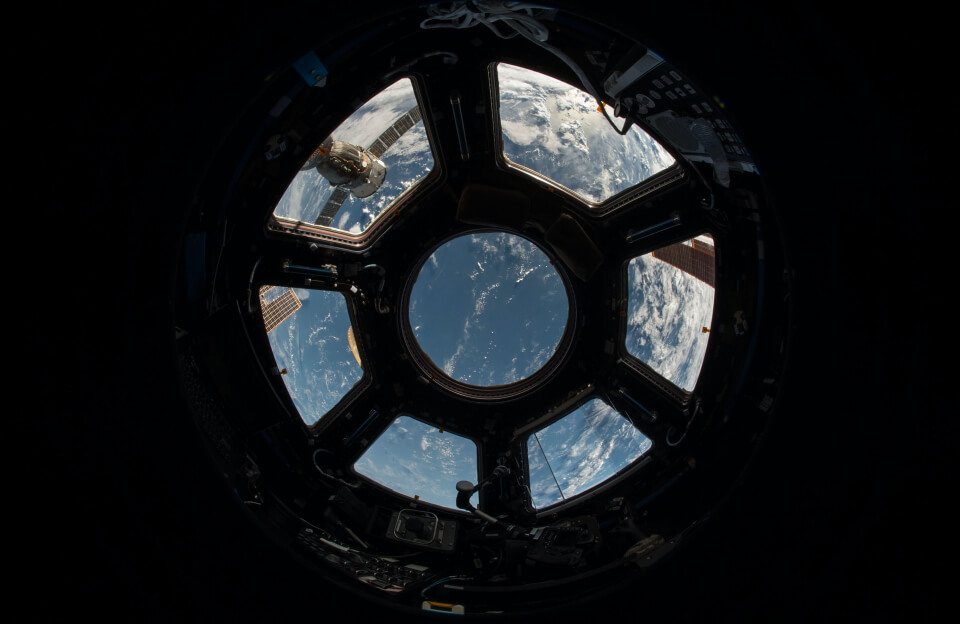- Research suggests Cassini captured unique “sounds” of space during its dives near Saturn, converted from electromagnetic waves.
- It seems likely these sounds, like static and whistles, reveal details about Saturn’s environment, especially the gap between the planet and its rings.
- The evidence leans toward these recordings showing a relatively empty space with few dust particles, contrasting with busier areas around Saturn.
Overview
NASA’s Cassini spacecraft, during its final mission phase in 2017, recorded fascinating “sounds” as it passed between Saturn and its rings. These aren’t traditional sounds but data from electromagnetic waves and plasma oscillations, converted into audio for us to hear. This exploration offers a new way to experience Saturn’s vast, mysterious environment.
The Sounds Captured
On April 26, 2017, Cassini’s first dive through the gap sounded like static from a TV screen, punctuated by high whistling noises, representing plasma waves in Saturn’s magnetic field. This region, dubbed “the big empty” by Cassini’s project manager, had fewer dust particle impacts, with only a few clicks heard, suggesting a sparse environment compared to other areas around Saturn, which sounded crackly with many plasma pops during a 2016 pass.
Significance and Legacy
These recordings, part of Cassini’s 22 dives before its final plunge into Saturn on September 15, 2017, deepen our understanding of the planet’s atmosphere and rings. They highlight the dynamic, energetic nature of space, reminding us of the universe’s vastness and the incredible feats of exploration that let us “hear” the unknown.
When NASA’s Cassini spacecraft took its final plunge into Saturn’s atmosphere in 2017, it didn’t just send back stunning images—it gifted us the eerie, haunting “sounds” of the cosmos. These weren’t sounds in the way we hear birds chirping or waves crashing, since space is a vacuum where sound waves can’t travel. Instead, Cassini’s instruments captured electromagnetic waves and plasma oscillations, which scientists converted into audio we can hear. The result? A cosmic symphony that’s both thrilling and a little spooky.
As Cassini dove between Saturn and its rings, it recorded the crackles and hums of charged particles zipping through the planet’s magnetic field. One clip sounds like a staticky radio signal from an alien broadcast, while another resembles a low, ghostly wail. These sounds give us a new way to experience Saturn—a planet so grand it feels almost mythical. They remind us that space isn’t just a visual spectacle; it’s a dynamic, vibrant place pulsing with energy.
Listening to Cassini’s recordings, I couldn’t help but feel a mix of awe and melancholy. This was Cassini’s grand finale after 13 years of exploring Saturn’s moons and rings. It went out singing, sharing one last gift from a world 900 million miles away. If you haven’t heard these sounds yet, NASA’s website has them—plug in your headphones and let Saturn’s strange music pull you into the void.


